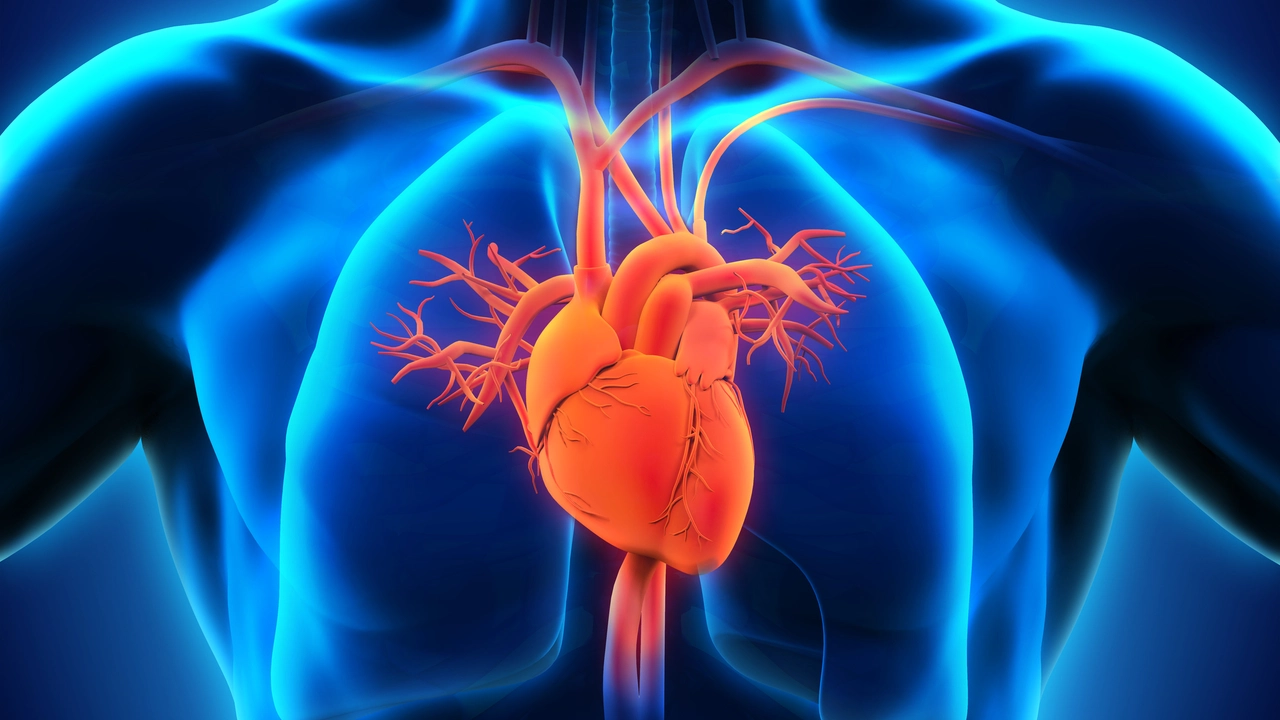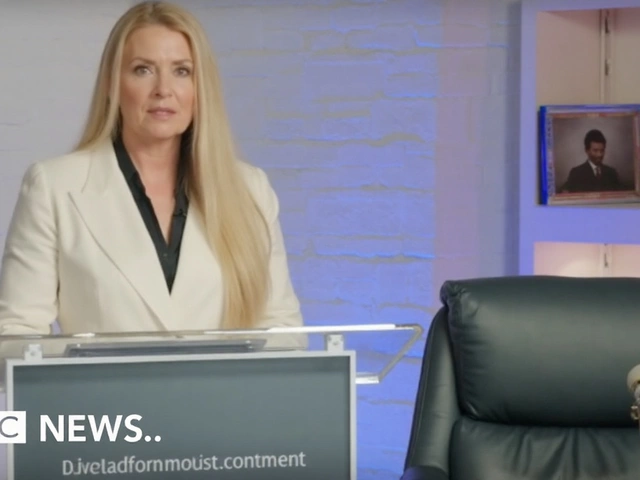Cardiac Arrest: What It Is, How to Recognize It, and How to Respond
When dealing with cardiac arrest, a sudden loss of heart function that stops blood flow to the brain and other organs. Also known as sudden cardiac arrest, it differs from a heart attack because the heart’s electrical system fails rather than a blockage in a coronary artery. Understanding this distinction is key to acting fast. CPR, chest compressions and rescue breaths performed to keep blood circulating and a defibrillator, a device that delivers an electric shock to restart the heart’s rhythm are the two lifesaving tools most often mentioned with cardiac arrest. The emergency response chain—recognize, call, compress, shock—forms a clear, repeatable process that anyone can learn. Studies show that every minute without CPR or defibrillation reduces survival chances by about 10%, so a rapid response can be the difference between life and death.
Related Factors and Practical Steps
The condition doesn’t happen in a vacuum; underlying factors such as coronary artery disease, inherited arrhythmias, or severe electrolyte imbalances often set the stage. Knowing the common warning signs—unexplained fainting, sudden shortness of breath, or a rapid, irregular pulse—helps you spot an event before it collapses. When a person collapses and is unresponsive, the first action is to call emergency services (dial 999 in the UK) and immediately begin chest compressions, aiming for a depth of at least 5 cm at 100‑120 compressions per minute. If an automated external defibrillator (AED) is nearby, turn it on, follow the voice prompts, and deliver a shock if advised. Training courses often stress the importance of minimal interruptions—keep compressions going while the AED prepares, then resume immediately after the shock. Community programs that place AEDs in schools, gyms, and public venues have boosted survival rates dramatically, illustrating how infrastructure and education intertwine with the medical response.
Having a plan in place makes the difference when seconds count. Keep a basic first‑aid kit and know the location of the nearest AED—many apps now map these devices in real time. If you’re a sports enthusiast, coach, or event organizer, mandatory CPR training for staff is not just a recommendation; it’s a proven way to raise survival odds. Even if you’re not a medical professional, learning the hands‑only CPR technique can empower you to act confidently. Below you’ll find a curated list of articles that dive deeper into the science behind cardiac arrest, share real‑world stories of successful rescues, and offer step‑by‑step guides for performing CPR and using a defibrillator. Whether you’re looking to understand the condition, improve your emergency skills, or simply stay informed, the posts ahead provide practical insights you can apply right away.
How can one prevent cardiac arrest?

Alright folks, let's dive into the heart of the matter - how to prevent cardiac arrest! It's not rocket science, but more like a tango with your ticker. First, exercise is your heart's best friend - a brisk walk or a quick jog can work wonders, making your heart stronger than a love-struck teenager. Secondly, eat smart, because your heart needs fuel but not the junk kind; think fruits, veggies, whole grains and lean proteins. Lastly, smoking and excessive drinking are the mean kids on your heart's playground, so it's better to avoid them. So, let's keep our hearts happy and healthy, because, you know, they're kinda important!
Categories
RECENT POSTS
Do losing College Football programs have any shot at the top 4?
The article examines the possibility of schools with losing college football programs to make it into the top four. It argues that although such schools face an uphill battle and must overcome a number of obstacles, it is still possible to achieve success. The article discusses the importance of recruiting top players, developing a strong coaching staff and cultivating a winning culture in order to increase the chances of success. It also highlights the importance of financial support and strong leadership in order to help create a winning environment. Ultimately, the article concludes that while it is possible for a school with a losing college football program to make it into the top four, it is an incredibly difficult task and requires a lot of hard work and dedication.
Charlie Kirk: Erika Kirk vows her husband's voice will remain after reported Utah campus attack
Erika Kirk delivered an emotional message after reports of an attack involving her husband, Charlie Kirk, at a Utah university. She vowed to carry on his mission through Turning Point USA and said his work to strengthen families would continue. Authorities say they are reviewing evidence and have made an arrest, but full details remain unconfirmed. Reactions poured in across conservative networks.
Why is the LA Lakers-Boston Celtics rivalry the best in sports?
The LA Lakers and Boston Celtics have a storied rivalry that dates back to the 1960s. The two teams have met in the NBA finals 12 times, with the Lakers winning nine of those matchups. The rivalry is not just based on the number of championships won, but also on the personal battles between the teams' stars. The Lakers and Celtics have featured some of the greatest players in NBA history, such as Magic Johnson, Larry Bird, Kobe Bryant, and Kevin Garnett. The Lakers and Celtics continue to battle for supremacy in the NBA, and their storied rivalry is regarded as the best in sports.
Rüh Dental Opens First Dental Clinic Inside Harrods
Dr. Zayda Sheikh turned a private practice on Fleet Street into a luxury brand that now lives on Harrods' fourth floor. The new clinic offers same‑day smile makeovers, implants and aligners while keeping the high‑end service standards of the department store. Its opening marks the first dental practice inside Harrods, giving the brand unprecedented credibility. The venture blends cosmetic dentistry with a broader wellness outlook, aiming at global clients who view their smile as part of overall health. Sheikh’s story shows how entrepreneurship, relationship‑building and niche focus can reshape a traditional industry.
How many Asians are playing in the NFL?
As an NFL enthusiast, I've noticed a gradual increase in the number of Asian players in the league over the years. Although the numbers aren't as high as other ethnic groups, the presence of Asians in the NFL is undeniably growing. This includes players of Asian descent, mixed heritage or those born in Asia. Their representation in the NFL is important as it promotes diversity in the sport. It's great to see the NFL becoming more inclusive and I look forward to seeing even more Asian players make their mark in the league.




